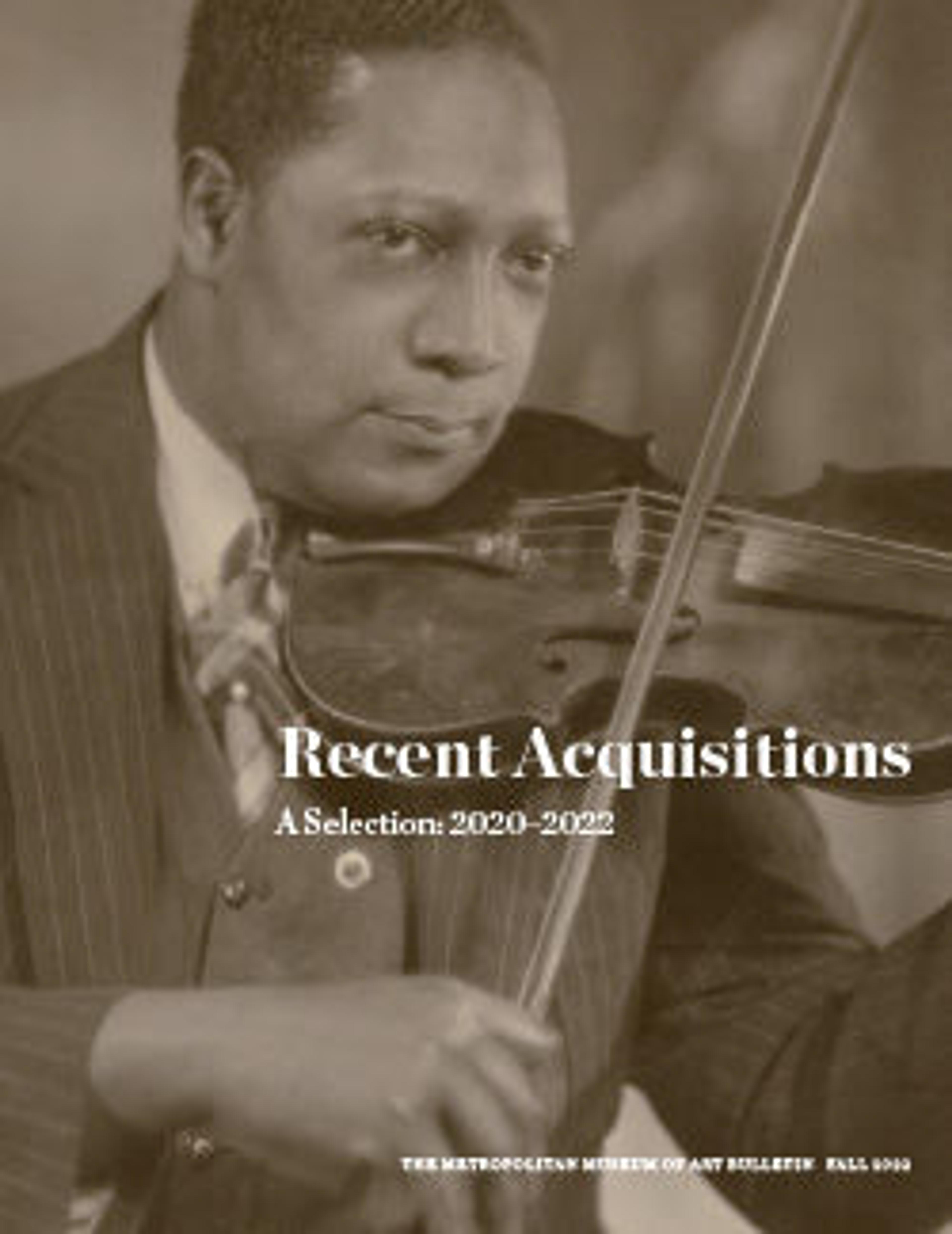Violino Piccolo
This small-size violin is a rare form of the instrument known as a violino piccolo. Instruments such as this were used to play higher passages in ensemble music written in the seventeenth and eighteenth centuries. Most famously, there is a part for a violino piccolo in J. S. Bach's first Brandenburg Concerto. As playing techniques changed in the second half of the eighteenth century, violinists began to shift their hands higher on the fingerboard, allowing them to play these higher passages on standard instruments. Surviving violinos piccolo are quite rare and significantly, this example retains its original internal bass bar and neck, parts that were often replaced in the nineteenth century. This instrument was in the personal collection of New York City violin dealer Rembert Wurlitzer and is attributed to the London maker Joseph Hill.
Artwork Details
- Title: Violino Piccolo
- Maker: attributed to Joseph Hill (Joseph Hill (British, London 1715–1784 London))
- Date: ca. 1750
- Geography: United Kingdom; United States
- Culture: British
- Medium: Spruce, maple, ebony
- Dimensions: Overall length: 21 1/4 inches (54 cm)
Body length: 12 1/2 inches (31.8 cm)
Lower bout width: 7 inches (17.8 cm)
String length: 11 13/16 inches (30 cm) - Classification: Musical instruments
- Credit Line: Purchase, Edward J. and Susan M. Greenberg Gift, 2022
- Object Number: 2022.20a, b
- Curatorial Department: Musical Instruments
More Artwork
Research Resources
The Met provides unparalleled resources for research and welcomes an international community of students and scholars. The Met's Open Access API is where creators and researchers can connect to the The Met collection. Open Access data and public domain images are available for unrestricted commercial and noncommercial use without permission or fee.
To request images under copyright and other restrictions, please use this Image Request form.
Feedback
We continue to research and examine historical and cultural context for objects in The Met collection. If you have comments or questions about this object record, please contact us using the form below. The Museum looks forward to receiving your comments.
